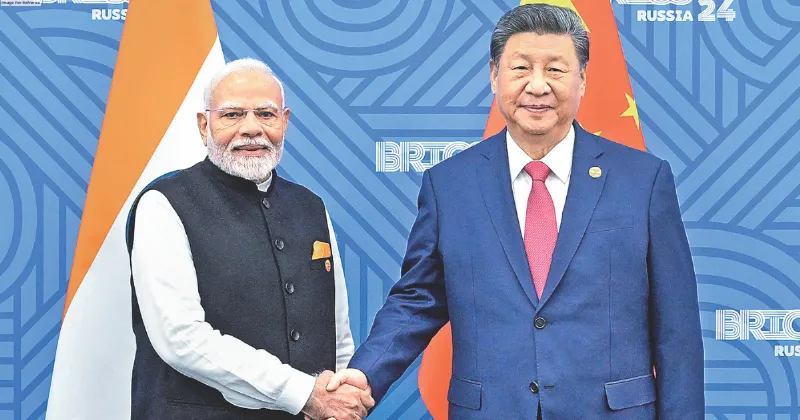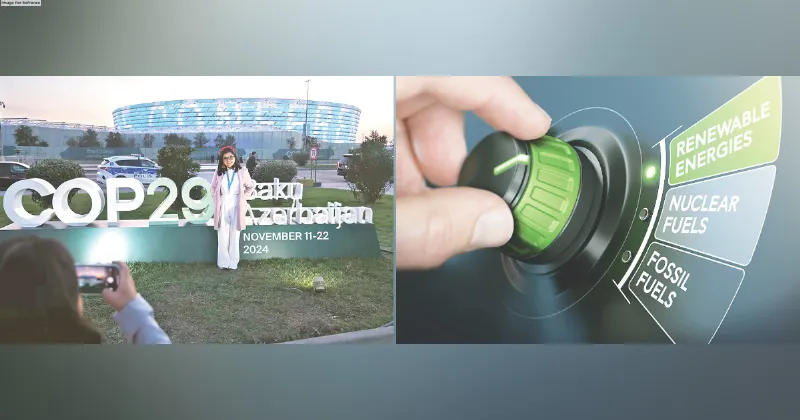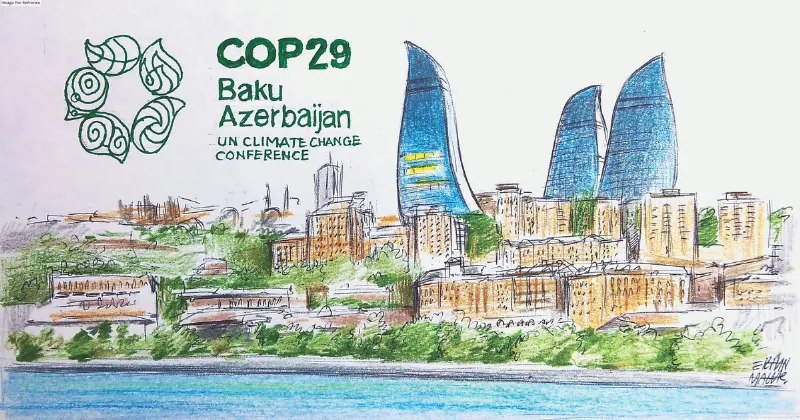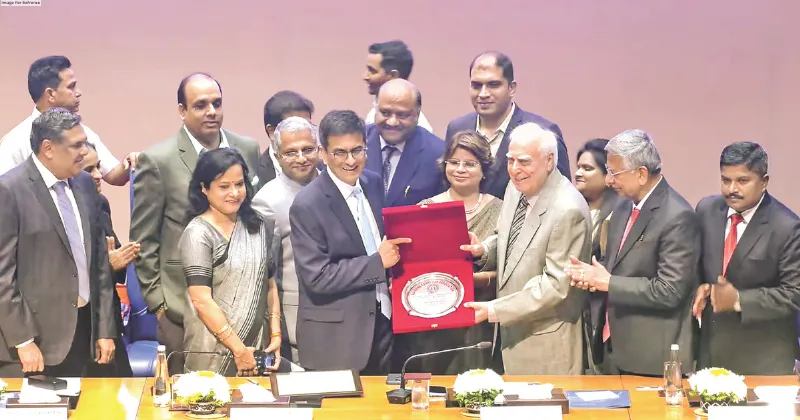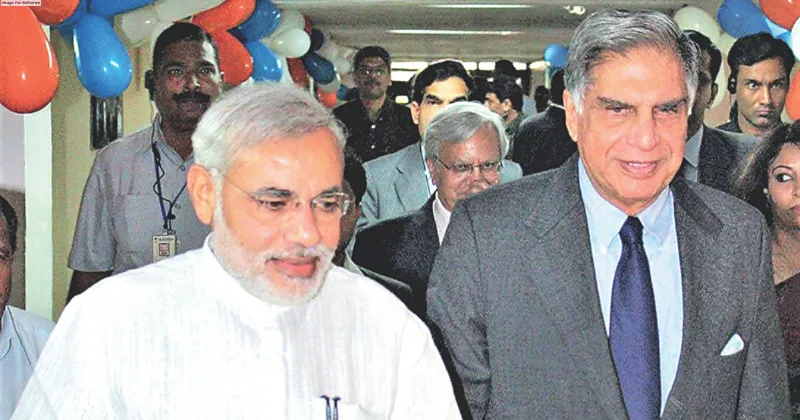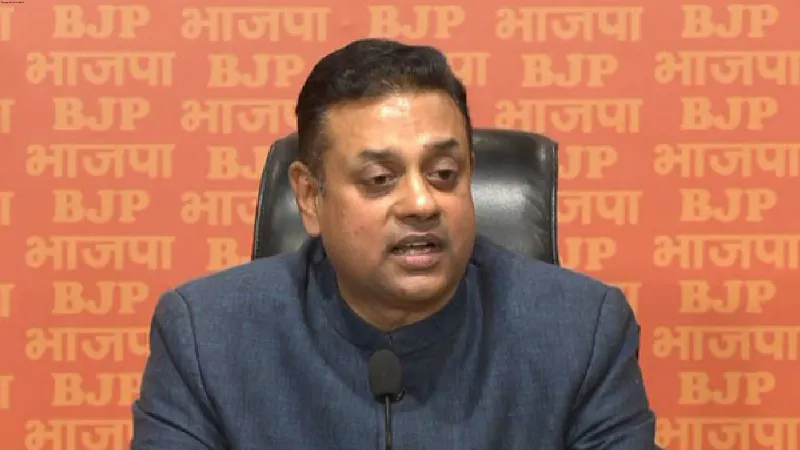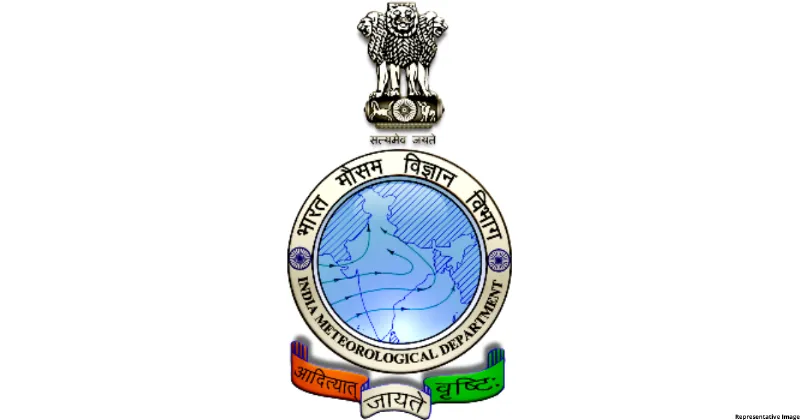Latest News
CLIMATE CHANGE AND URBANISATION

The 28th Climate Summit in Dubai dedicated a day to discussing urbanisation as the most vulnerable part of human society to the effects of climate change. In cities, dense population, lifestyle, piles of garbage, transportation systems, foodgrains, and materials used for dayto-day use, coming from other places are the major factors contributing to climate change and rising temperatures.
Hence, due to this, there are adverse effects on the people both physically, mentally and economically. This will leave more lethal effects in future. Keeping this in view, a ministerial-level meeting aimed at urban problems and solutions was organised during COP 28 on December 6.
According to United Nations estimates, almost half of the world’s population is living in cities and it will reach close to 70 per cent by 2050. Even now, this half of the population is using two-thirds of the energy and 70 per cent of the natural resources and is emitting 70 per cent of carbon. With the increasing population and decreasing natural resources, in the future population density and changing lifestyles will lead to unexpected increases in temperature, and an increase in air pollution leading to natural disasters and difficulties in living. COP 28, running with the theme of Unite – Act – Deliver, reiterated the commitment to work towards solutions considering cities as the main epicentre of climate change. Last year, at COP 27, Sustainable and Resilient Cities for the Next Generation (SURGE) was launched at the Egyptian initiative. Taking this forward this year’s discussion focused on environment-friendly urban transport, infrastructure, waste management, etc. If analysed in the context of India, there is still a long way to go in all these areas. At the global level, the most environment-friendly countries like Norway, Sweden, Denmark and many other countries of Europe have presented their achievements by developing themselves as environment-friendly countries.
Before 2014, urban transport in India was negligible to the extent of being a nightmare. Even in a densely packed city like Mumbai, transportation was limited to local train or bus services. As a result, citizens had to rely on private or rented vehicles which were a major source of air pollution.
The surprising thing is that in the commercial capital of the country, no policymaker noticed the plight of the passengers travelling on local trains. Recently, the operation of metro trains started in Mumbai on a limited basis, but changes can be seen on those routes.
Additionally, private and non-public transportation is leading to excessive use of fossil fuels, which is an important reason for temperature rise.
Although India’s nonconventional energy development programme has been openly praised at the international level, considering urban transport from an environmental perspective, it is necessary to expand its reach to all those cities where it is currently limited or negligible. The use of non-conventional energy-powered resources for public transportation in the states of Gujarat, Odisha, etc is exemplary for other states.
For the first time in Dubai, keeping in mind the importance of waste management, a dedicated pavilion was created in which thematic discussions were held. Open burning of waste in cities, especially in developing and least developed nations, is considered the primary reason for carbon emissions and the generation of toxic gases. Due to this, the common man suffers from many diseases and his productivity is also adversely affected. Therefore, from the national level to the local level, emphasis has been laid on implementing science and environmentbased waste management system which is inclusive and based on circularity i.e. Cradle to Cradle approach. This means that after its production, the product should ultimately reach its place of origin post-consumption so that the need for disposal remains zero or negligible. Current systems are linear and limited to shifting waste from one place to another. Its separation and processing are very important.
The jungle of concrete that we see in cities and call it development also causes pollution because of mining that goes on behind their construction. With the apparent compromise of public spaces, there is a shortage of urban lungs for residents; and for the future, mining is like digging graveyards. The fact is also that increasing urbanisation cannot be stopped or controlled, but there is a need to work on a mission mode to use local and environmentally friendly resources for their construction.
During the discussions, diminishing public spaces have also been a point of concern. In the absence of these, the common citizen does not feel comfortable and remains confined to his work or home thus becoming a victim of depression.
India was often criticised internationally but the present leadership has given a befitting reply to them too. In his address during COP 28, Prime Minister Narendra Modi made it clear at the very beginning that we are not responsible for rising temperatures and climate change but are increasingly facing its adverse effects. It is also a reality that energy consumption in India is the third highest in the world but per capita emissions are less than half of the world average. PM Modi also committed to addressing climate change clearly by presenting implemented plans to balance development and the environment.
THE VIEWS EXPRESSED BY THE AUTHOR ARE PERSONAL
Dr Vivek S Agrawal The writer is specialist on Urban Health and Environment

